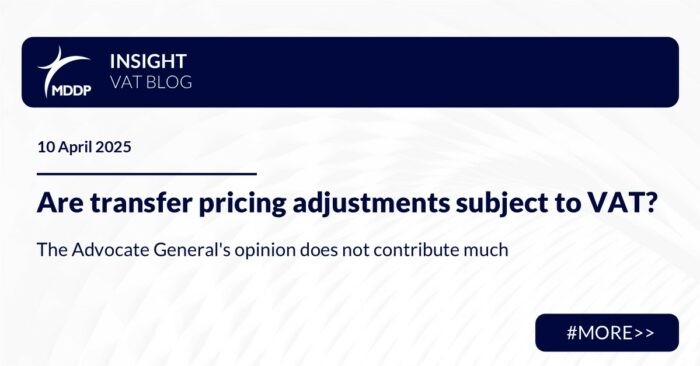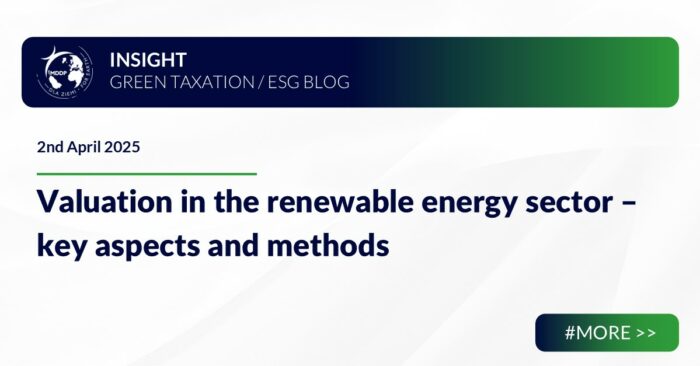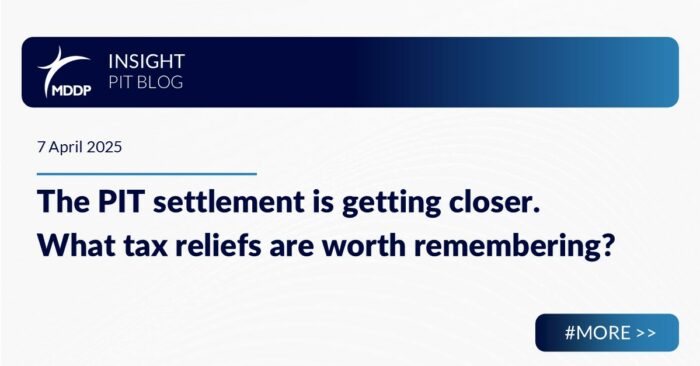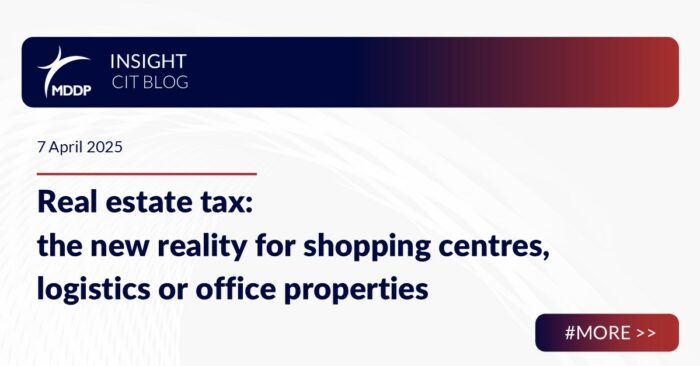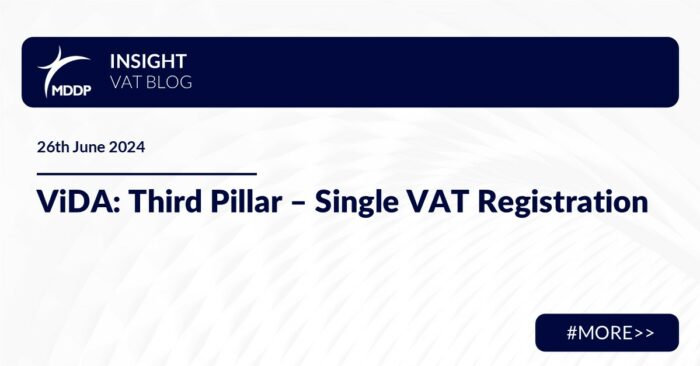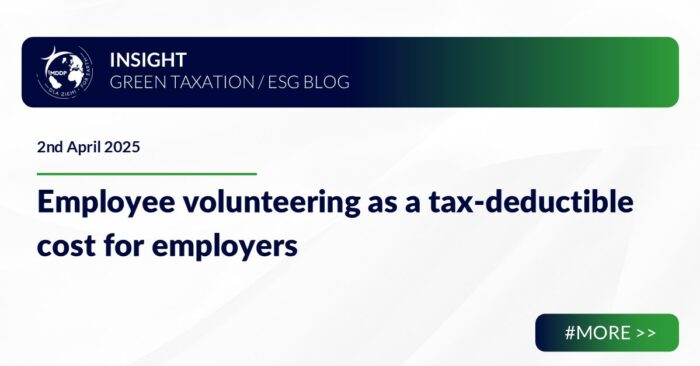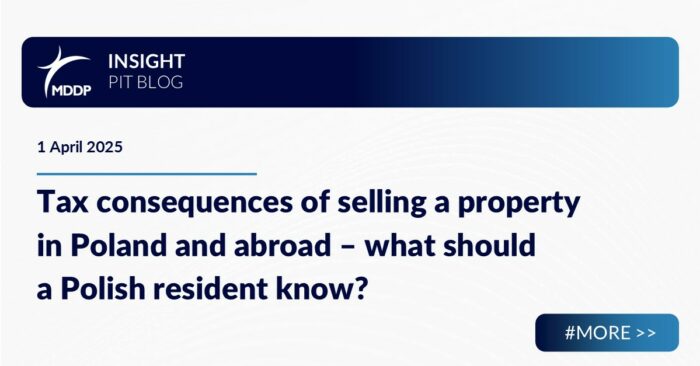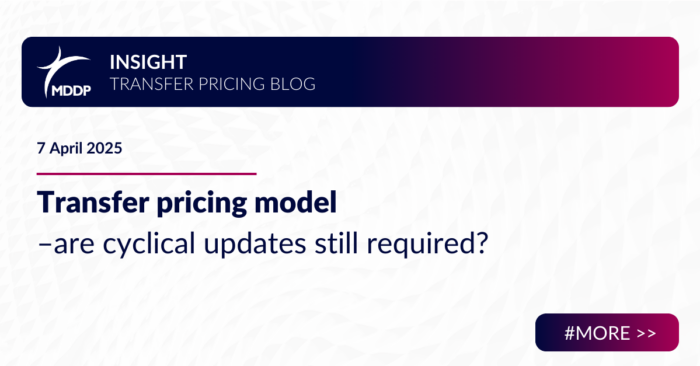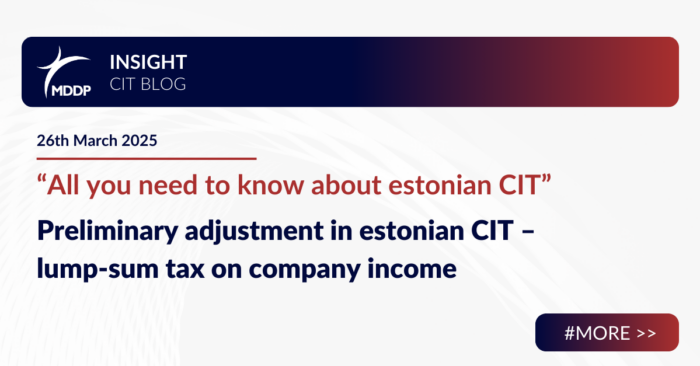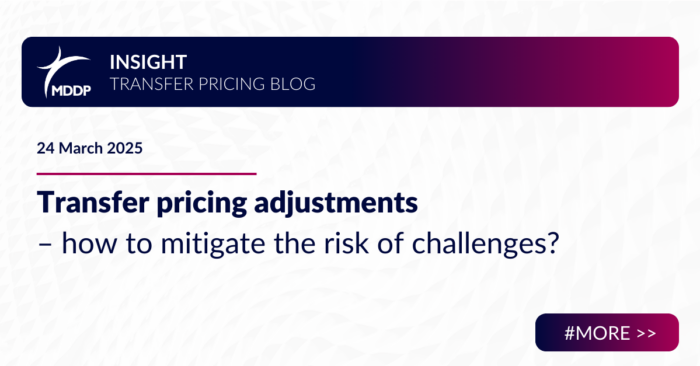Are transfer pricing adjustments subject to VAT? The Advocate General’s opinion does not contribute much
In the world of globalized business, settlements between related entities are commonplace. Transfer pricing mechanisms operate within international capital groups, allowing for the adjustment of companies’ profitability to market levels. While the OECD guidelines organize these issues well in the area of income taxes, many doubts remain unresolved in the case of VAT. In April…

